Gamification at work has become a revolutionary approach to enhancing productivity and employee engagement. By incorporating game design elements into workplace processes, organizations can motivate employees, improve performance, and create a more dynamic and enjoyable work environment. With tools like Gamify, by CardioLog Analytics, organizations can easily and effortlessly develop, execute, and moderate their gamification strategy. By realizing the benefits of gamification, a business can leverage this relatively new approach to increasing productivity.
Understanding Gamification and Its Impact on Work
Gamification refers to the use of game mechanics, and design elements in non-game contexts to engage and motivate people to achieve specific goals. In the workplace, this means applying strategies like point scoring, leaderboards, challenges, and rewards to tasks and processes that might otherwise seem mundane or challenging. Promoting elements of game design in the workplace can enhance employee experience and involvement, leading to more productive team members and encouraging adoption within your business.
The Role of Game Design in Gamification at Work
Game design principles are crucial in creating an effective gamification strategy. These principles include:
- Clear Objectives and Feedback: Just like in games, employees need clear goals and receive immediate feedback. Just like in games, employees need clear goals and receive immediate feedback. These systems help them to understand what is expected and how they are performing.
- Progress Tracking: Progress bars, levels, and milestones can help employees visualize their advancement, providing a sense of accomplishment and encouraging continued effort.
- Challenges and Rewards: Offering challenges that are achievable yet challenging keeps employees engaged. Rewards, whether intrinsic (such as recognition) or extrinsic (such as bonuses), provide motivation to continue excelling.
Incorporating these elements into the workplace can transform the way employees perceive their tasks, making them more engaging and less stressful.
Gamification Analytic Metrics: Measuring Success
To truly harness the power of gamification, it’s necessary to track and analyze the relevant metrics. Tracking these metrics helps in understanding what works and what doesn’t, allowing for continuous improvement and adjustment.
- Engagement Rates: Measure how actively employees participate in gamified activities. Through login frequencies, participation in challenges, and completion of tasks, this activity can be tracked.
- Performance Metrics: Monitor improvements in productivity, quality of work, and achievement of targets, helping in assessing the effectiveness of gamification in enhancing performance.
- Employee Satisfaction: Use surveys and feedback tools to gauge employee satisfaction with the gamification elements. A positive response often correlates with higher motivation and engagement.
By analyzing these metrics, organizations can fine-tune their gamification strategies, ensuring they meet the desired outcomes.

Enhancing Work Productivity with Gamification
Employee engagement is a critical factor in workplace productivity and retention. Gamification can significantly boost engagement by creating a fun work environment where elements like leaderboards, badges, and virtual rewards make the workplace more enjoyable and dynamic. It also plays a crucial role in recognizing achievements, which serves as a powerful motivator. Gamification provides various ways to acknowledge and celebrate both individual milestones and team accomplishments. Employees can be encouraged to continue learning by being promoted ongoing development and offered rewards for completing training modules or acquiring new skills.
CardioLog’s Gamify: A Powerful Tool for Gamification at Work
Gamify is an innovative tool designed to implement and manage gamification strategies in the workplace. It integrates seamlessly with existing systems, offering a range of features to monitor your gamification strategy:
- Customizable Challenges and Quests: Create tailored challenges that align with company goals and individual roles.
- Real-Time Analytics: Track employee engagement and performance in real-time, by providing insights into the effectiveness of gamification initiatives.
- Incentives and Rewards: Offer a variety of rewards, from badges and points to tangible incentives, to motivate and engage employees.
With Gamify, organizations can easily establish and moderate their gamification objectives, evaluating and refining the steps along the way to achieve their desired results.
Incorporating Gamification into Your Workplace
Implementing gamification in your workplace doesn’t have to be complex. By clarifying, and designing a game plan strategy, gamifying the work experience becomes much simpler with the benefit of a more productive execution, for instance:
- Identify Key Areas for Gamification: Determine which tasks or processes can benefit from gamification. This could include training, sales targets, project milestones, or customer service metrics.
- Set clear objectives: Define the right goals for the department; what would you like to see reached? This may be increasing revenue, productivity, or employee morale. Next, outline the steps on the way to achieving these goals.
- Choose the Right Tools: Select tools like Gamify that offer the features and flexibility needed to implement your gamification strategy.
- Monitor and Adjust: Regularly track the impact of gamification using analytic metrics and adjust your strategy as needed to ensure it continues to meet your objectives.
Conclusion: The Power of Gamification at Work
Gamification at work offers a unique and effective way to boost productivity and employee engagement. Employing game design elements into the workplace, and procedures, organizations can develop a more enjoyable and encourageable environment. Tools like Gamify provide the technology needed to implement and manage these strategies, offering real-time analytics and customizable features.
As organizations continue to seek innovative ways to enhance productivity and engagement, gamification offers a powerful solution. By understanding the principles of game design and using the right tools, businesses can transform their workplaces into dynamic, engaging, and productive environments.
FAQs about The Power of Gamification at Work
What is gamification in the workplace?
Gamification in the workplace involves using game design elements like point scoring, leaderboards, and rewards to motivate employees, enhance engagement, and improve performance. It turns routine tasks into more enjoyable and engaging activities.
How does gamification improve employee productivity?
Gamification boosts productivity by making work more engaging and enjoyable. From providing clear goals, instant feedback, and rewards, gamification can motivate employees to perform better, and take on more challenges.
How can Gamify help implement gamification in the workplace?
Gamify is a tool that helps implement and manage gamification strategies by offering customizable challenges, real-time analytics, and a variety of incentives and rewards. It integrates with existing systems to provide a seamless gamification experience.
What metrics should be tracked to measure the success of gamification?
Key metrics include engagement rates, performance improvements, and employee satisfaction. Tracking these metrics helps organizations understand the effectiveness of their gamification efforts and make necessary adjustments.
How can businesses start implementing gamification in their workplace?
To start implementing gamification, businesses should identify key areas for gamification, set clear objectives, choose the right tools like Gamify, and monitor the impact using analytic metrics. Regularly adjusting the strategy based on feedback and performance data ensures continuous improvement and success.
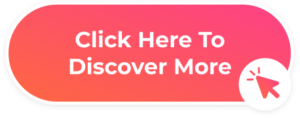

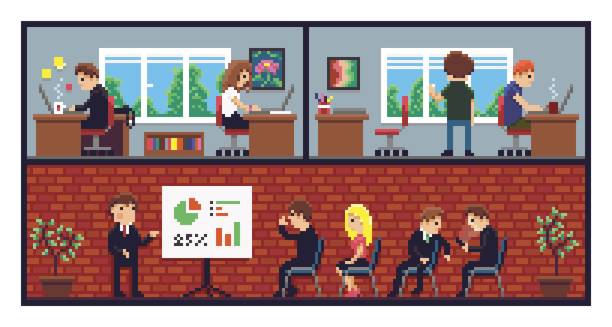


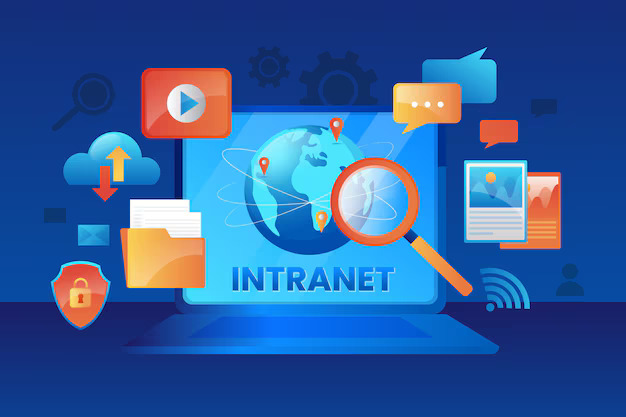
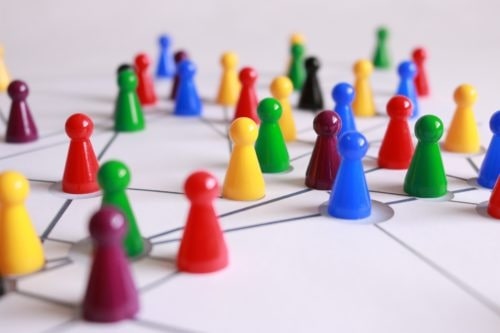

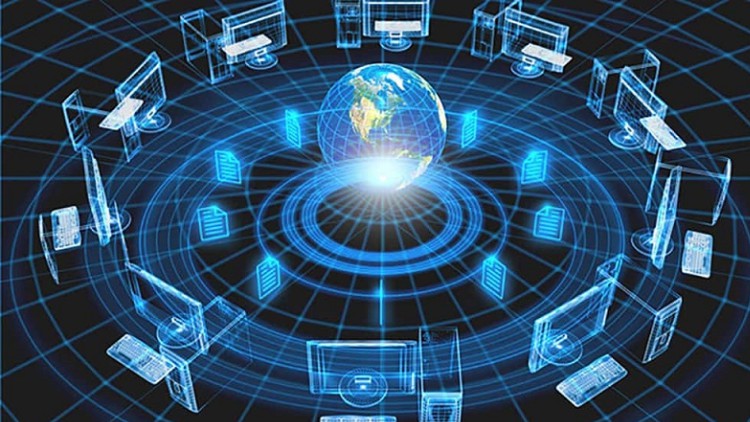
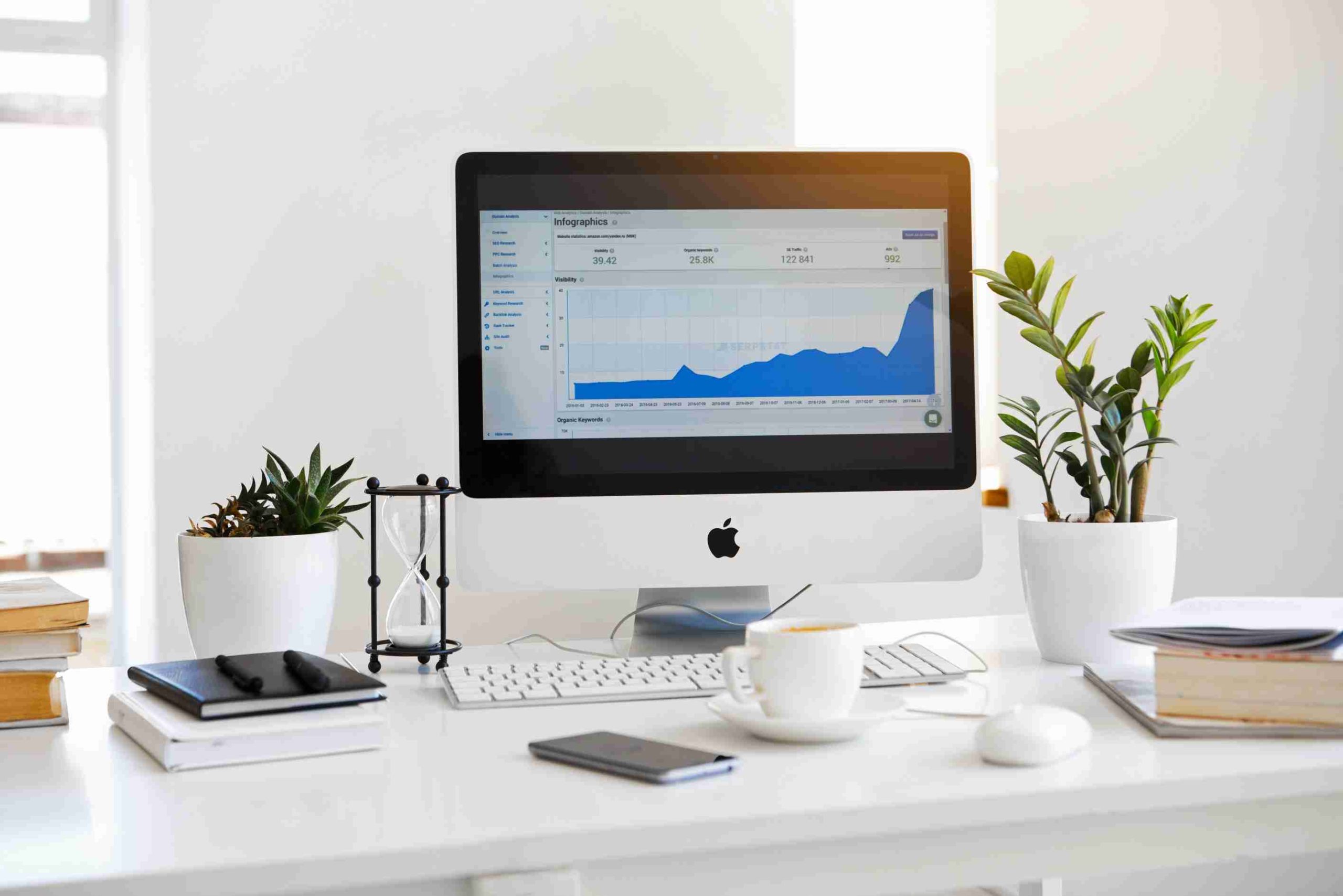
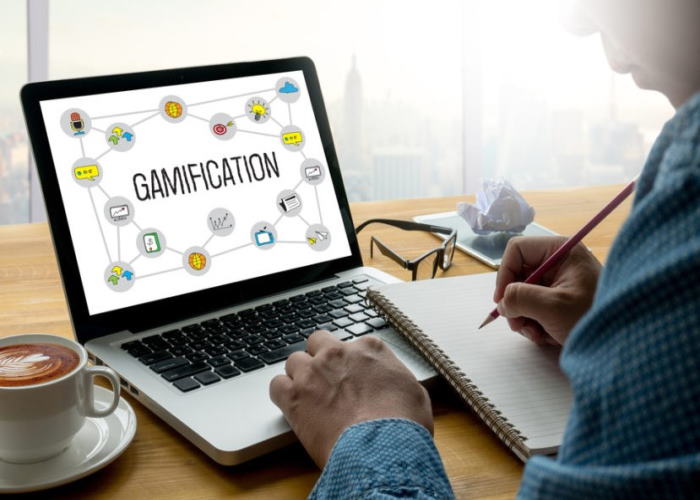

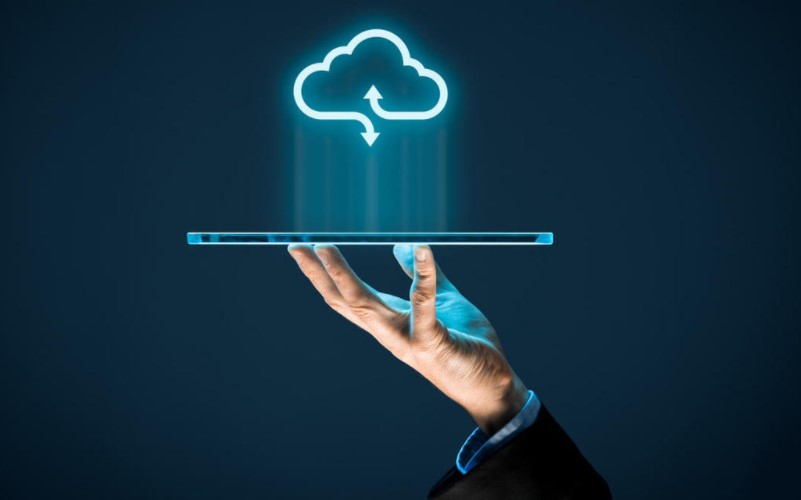
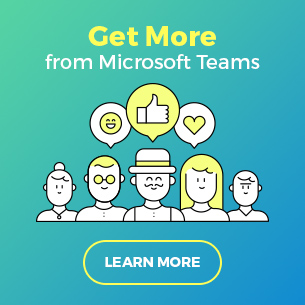
 Follow @cardiolog
Follow @cardiolog 